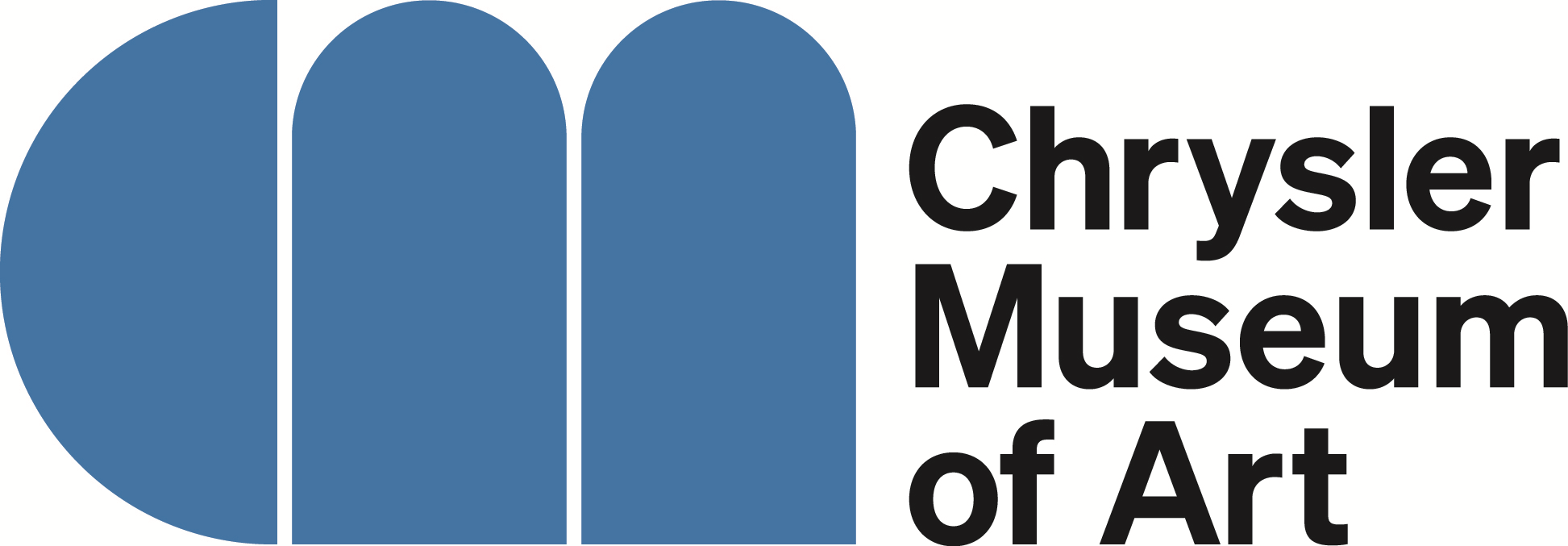Cologne Bottle with Anti-Slavery Sulphide
ManufacturerAttributed to
Pellatt & Green
(British (London), 1803 - 1831)
CultureEnglish
Dateca. 1820-1830
MediumBlown and cut glass with cameo incrustation
DimensionsOverall: 6 3/8 in. (16.2 cm)
Overall, Rim: 1 3/4 in. (4.4 cm)
Base: 2 1/2 in. (6.4 cm)
Overall, Rim: 1 3/4 in. (4.4 cm)
Base: 2 1/2 in. (6.4 cm)
Credit LineMuseum purchase
Object number90.22
Not on view
DescriptionThis is a blown and cut glass cologne bottle and stopper with sulphide inclusion. Bottle: of blown and cut colorless glass enclosing a sulphide of a kneeling enslaved man in chains. Ultimately derived from the medallion William Hackwood designed for Wedgwood for the Society for the Suppression of the Slave Trade. Bottle oval in cross section; rim reeded & diamond cut; eight flute neck; sulphide set in a vertical rectangular panel. Remainder of body & bottom cut with a checker variant of strawberry-diamond pattern. Stopper: Hollow stopper with two sets of 5 "V" cuts intersecting to form a square figure of 16 diamonds on top. Sides have 4 triangular panels of five diamonds. Numerous chips on top of stopper.Label TextCologne Bottle with Anti-Slavery Device Attributed to Pellatt & Green Falcon Glass Works, London, England, ca. 1820-1830 Blown and cut glass with cameo incrustation Museum Purchase 90.22 Sulphides: The Art of Cameo Incrustation The technique of encasing small ceramic images within glass, commonly called sulphide inclusions, was perfected in France in the early 19th century and from there spread to England, America and other countries. The great British glassmaker Apsley Pellatt, proprietor of the Falcon Glass Works in London, called the technique Crystallo Ceramie when he obtained a patent for it in 1819, but later referred to it as cameo incrustation. Since the ceramic inclusion could be formed in a plaster mold, the image could be reproduced as many times as required with comparatively little labor. Prior to the development of cameo incrustation, the fixing of a fine likeness onto a glass vessel required either engraving or enameling. Sulphide images were most often used to preserve the likenesses of the famous, but they also were used for decorative Neoclassical figures, heraldic devices, national symbols and other emblems. At mid-century, when paperweights came into fashion, sulphides provided the ideal vehicle for incorporating high-quality likenesses of heads of state and nationalistic symbols. Attributed to Pellatt & Green of London, but possibly French, this cologne bottle bears on its side the device from the seal of the British Committee for the Abolition of Slavery - an imploring African man in chains. The complete seal incorporated the motto "Am I not a man and a Brother?" The design source for this sulphide was a Sèvres ceramic medallion made in 1789, which was itself derived from the famous Wedgwood jasperware anti-slavery medallion modeled by William Hackwood in 1786. More realistically modeled than the Wedgwood figure, the ennobled Neoclassical figure of the Sèvres medallion excites our empathy. Exhibition History"Treasures for the Community: The Chrysler Collects, 1989-1996," October 25,1996 - March 2, 1997. “A Two-Way Mirror: Double Consciousness in Contemporary Black Glass Art," Museum of Glass, Tacoma, WA, October 21, 2023 – October 2024. Published ReferencesHugh Wakefield, _Nineteenth Century British Glass_, 29, 57 & 59 general info. on Pellatt & Green. Paul Jokelson, _Sulphides: The Art of Cameo Incrustation_, 15-21, fig. 6, parallel bottle with a different figure & stopper. Christie's, _English & Continental Glass and Paperweights_, (London, Feb. 13, 1990), lot 267. Jeff Harrison, _Collecting with Vision: Treasures From the Chrysler Museum of Art_ (London: D. Giles Ltd., 2007), 126, fig. 153. ISBN: 978-0-940744-72-1 Diane C. Wright (editor), _Glass Masterworks from the Chrysler Museum of Art_ (Seattle: University of Washington Press, 2017), pg. 74-5.
Boston & Sandwich Glass Co.














